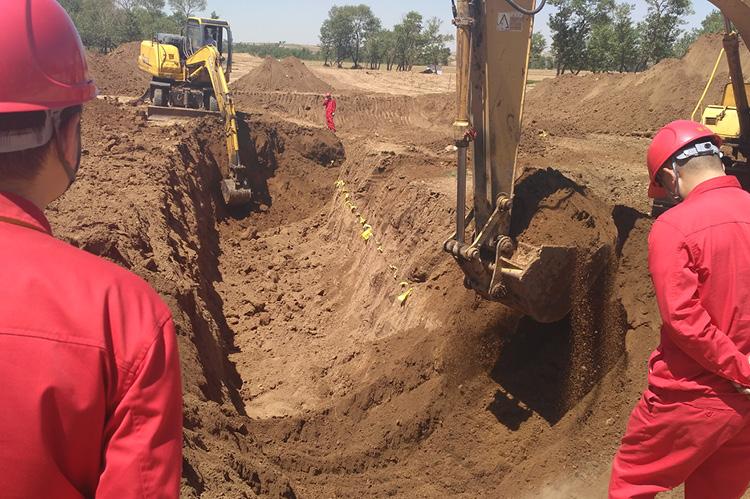Early Leak Detection and TPI Monitoring for Pipelines – Presenting a Practical Experience with Distributed Optical Fiber Sensing

The Oil & Gas pipeline industry is facing a very serious challenge in assuring spill and accident-free operations of pipeline infrastructure, which is distributed across many thousands of miles in both remote and populated areas. In recent years, however, the occurrences of high-profile spil ls and incidents have spiked, further escalating the safety concerns. [1] [2] For example, the San Bruno, California, explosion or the huge area of contamination by crude oil in Michigan’s Kalamazoo River (a 4.3 million liter crude oil spill from a pipeline that is estimated to have cost $820 million to clean up). In Alberta, Canada, spills have occurred on average twice daily since 1975, at times resulting in high-profile large gas explosions and oil spills. [3] To help meet the challenge of a zero-incident target, the Oil & Gas industry must improve its range of technologies and ability to monitor their systems for safety in real-time – permanently and distributed along the length of the pipeline network. [4] One particularly promising technology involves the use of distributed optical fiber sensing cables. Over the past twenty years, several first and second-generation monitoring technologies were developed using fiber optic sensing cables for detectio n and location of leaks and third-party interference (TPI) events involving physical disturbance to the pipeline. [4] [5] [6]
To address the urgent need of the Oil & Gas industry for improved technology for securing and monitoring pipelines, Fibersonics has developed and patented a new generation of fiber op tic technology – the technology is named “Long Ranger™”. This technology can be very effective in the p revention of oil spills and/or gas explosions due to its unique ability to utilize an ordinary opt ical fiber cable to both detect, locate and classify vibrations caused by physical activity (such as TPI), while simultaneously monitoring for early-stage leaks, along the entire length of the pipeline in real-time. Over the past 5 years, Fibersonics has been working together with their regional partner in the P.R. China to implement several pipeline monitoring systems with local operators. This paper briefly presents some of the cases of implementing this technology on operational pipelines in P.R. China.
